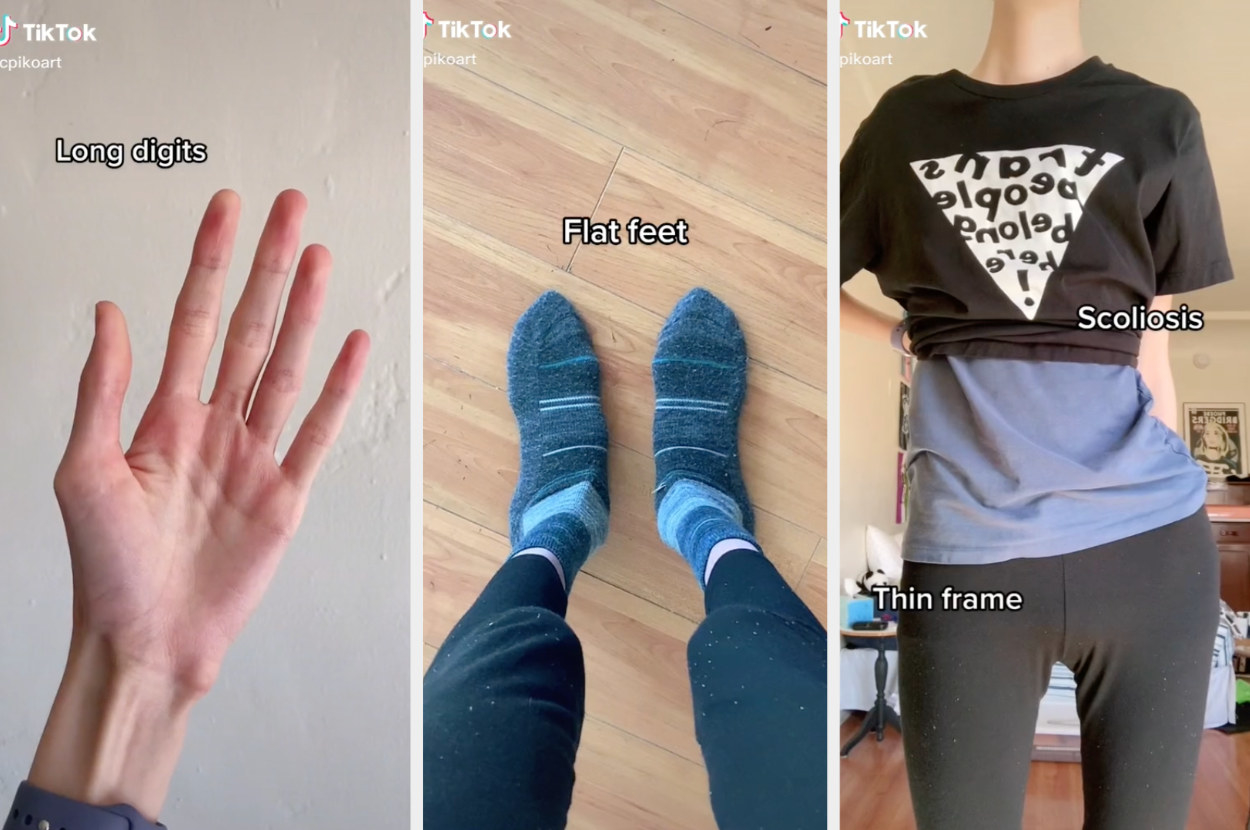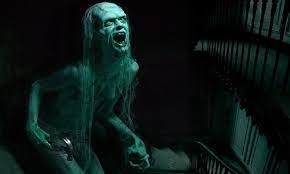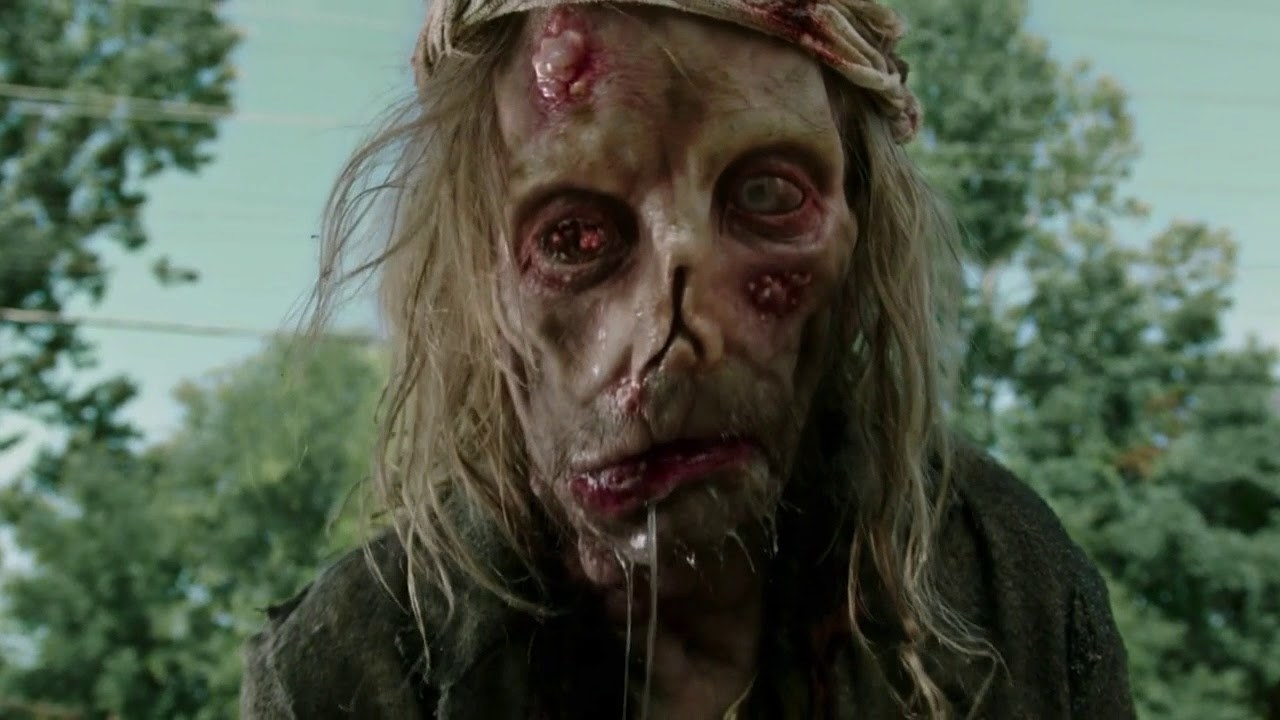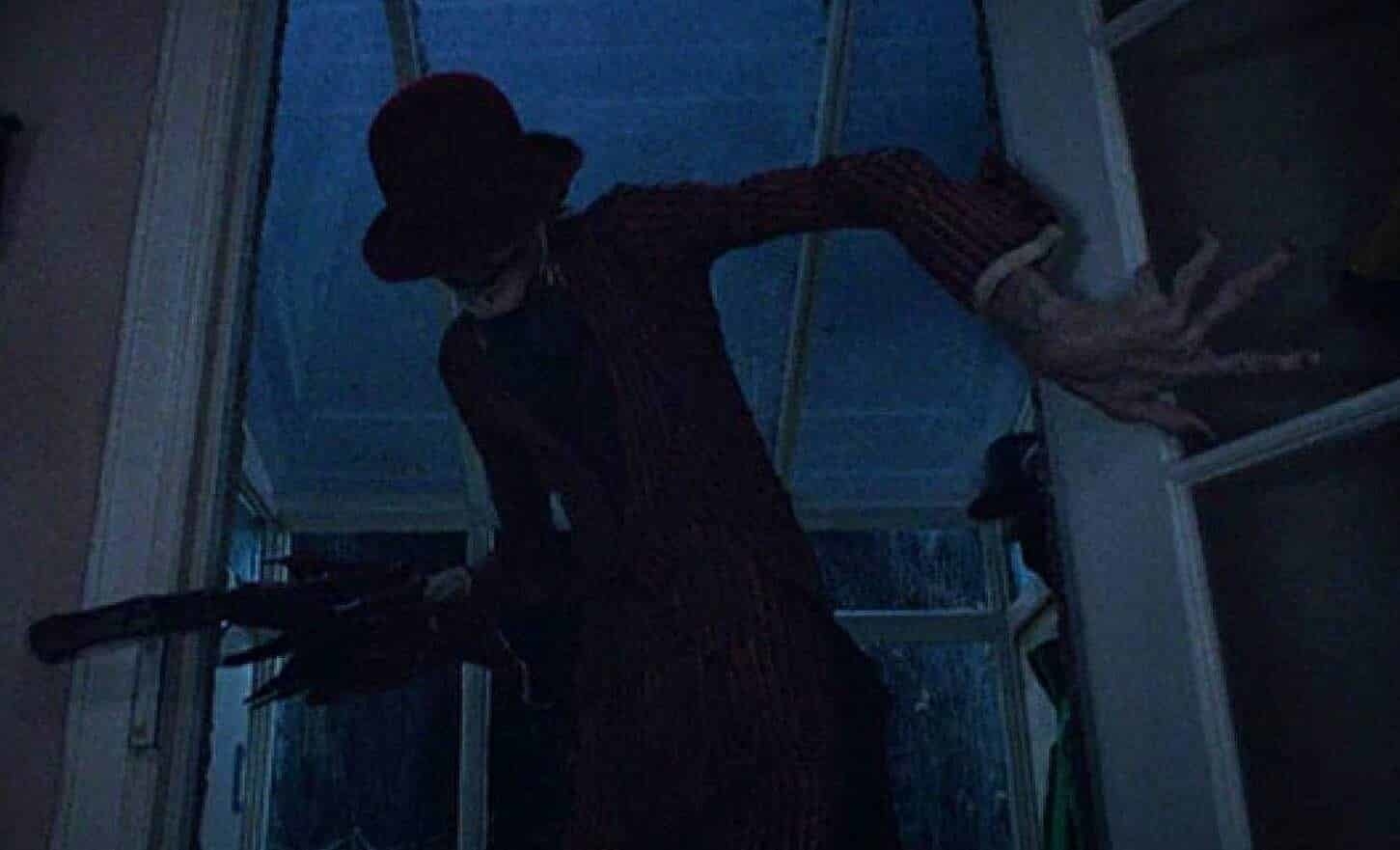Christopher Ikonomou, a 21-year-old student living in Los Angeles, loves horror movies. In fact, he attended a horror convention just last week. But there is one aspect of the genre that's deeply unsettling to Christopher: the way in which it exploits people with disabilities by using them as inspiration for "monsters" and villains.

"Something I've noticed in my horror consumption is that a lot of monsters looked like me, and that's why people are terrified. Very few people talk about this aspect of disability representation. Many aren't fans of the genre, so they don't realize it's happening, and some brush it off as unintentional representation that doesn’t have a real impact. So, inspired, I hopped on a popular trend format at the time and called it out," Christopher said about the video.
According to Christopher, examples of horror films that feature monsters with Marfan syndrome–inspired looks include...
Rec:

Mama:

Slender Man:
It:

And The Conjuring 2:

All of the characters are played by the same actor — Javier Botet — who actually has Marfan syndrome.

